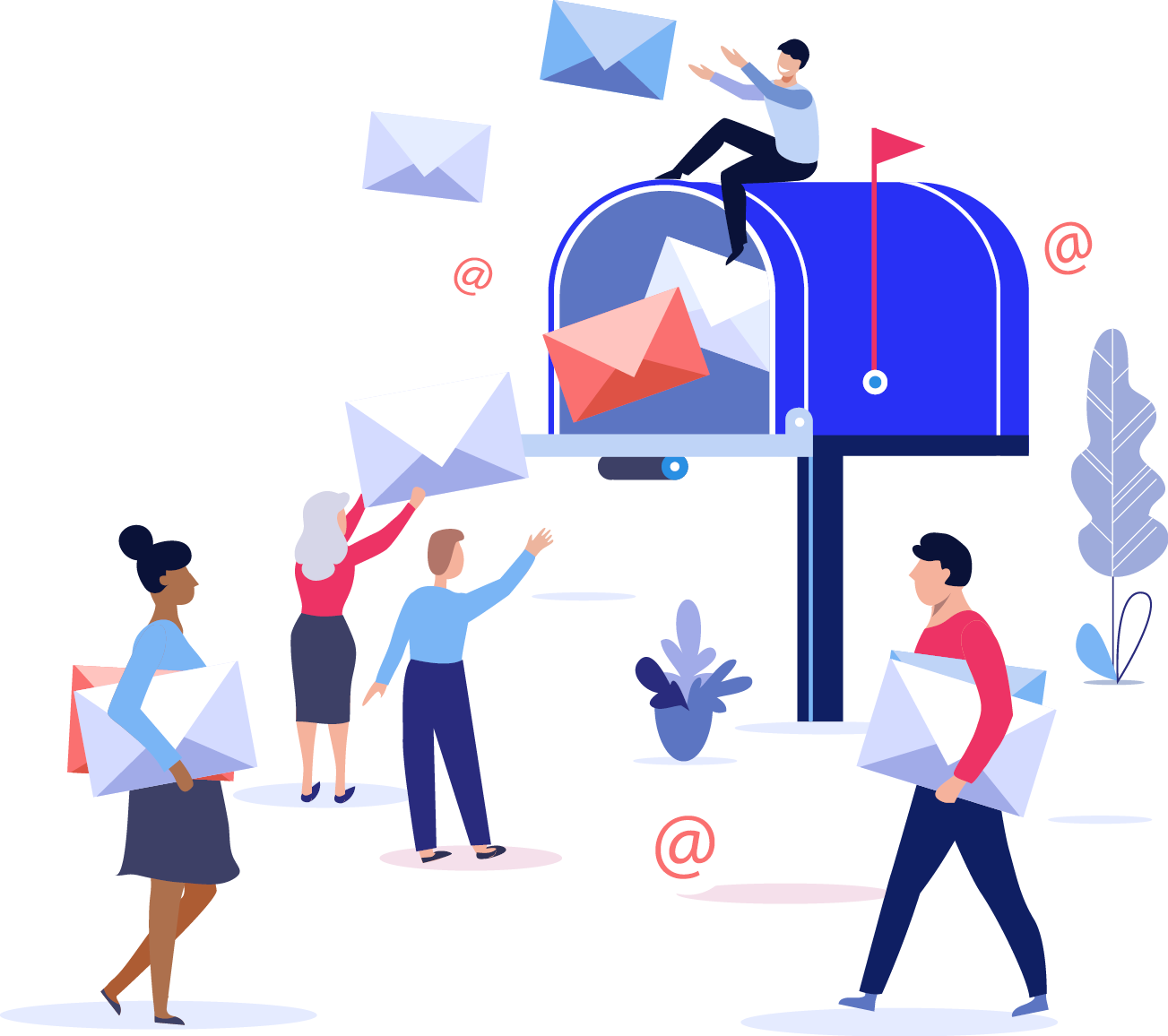Effective communication lies at the heart of every successful organization. When teams can express their ideas, share knowledge, and collaborate seamlessly, they can overcome challenges and achieve exceptional results. However, building effective communication within a team isn’t always easy—it requires understanding, practice, and a strong foundation of trust. That’s where team-building activities come into play. These interactive exercises are more than just fun—they’re valuable tools for improving collaboration, fostering relationships, and enhancing communication skills.
Why Effective Communication Matters
Effective communication is more than exchanging words; it’s about understanding and being understood. In the workplace, strong communication prevents misunderstandings, encourages transparency, and builds trust among team members. Teams that communicate well are better equipped to solve problems, innovate, and work efficiently toward common goals.
Poor communication, on the other hand, can lead to frustration, wasted time, and weakened morale. When messages are unclear or misinterpreted, errors and delays often follow, affecting productivity and performance. That’s why investing in team-building activities focused on communication is a vital step for businesses aiming to create cohesive, high-performing teams.
The Role of Team Building in Communication
Team-building activities are a practical and enjoyable way to improve communication among coworkers. These activities allow participants to practice important skills like active listening, articulation, and collaboration in a supportive and engaging environment. By encouraging teamwork and interaction, team-building exercises help break down barriers and build connections among team members.
In addition to strengthening communication skills, these activities also promote empathy and understanding. When individuals collaborate on tasks outside their usual work responsibilities, they gain new perspectives on their colleagues’ strengths and working styles. This increased awareness fosters respect, patience, and better interpersonal relationships.
Top Team-Building Activities for Better Communication
To build effective communication and collaboration, consider incorporating these activities into your next team-building session:
1. Blindfolded Obstacle Course: Pair up team members and have one person guide the other (who is blindfolded) through an obstacle course using only verbal instructions. This activity emphasizes clear communication, active listening, and trust.
2. Two Truths and a Lie: Each participant shares three statements about themselves—two true and one false. Team members must guess the lie, encouraging listening, attention to detail, and relationship-building.
3. Marshmallow Challenge: Provide groups with spaghetti, tape, and a marshmallow, and ask them to build the tallest structure they can in a set time frame. This activity highlights collaboration, problem-solving, and effective communication under pressure.
4. Group Storytelling: Have the team create a story together by taking turns adding one sentence at a time. This encourages creativity, active listening, and teamwork as everyone builds on each other’s ideas.
5. Silent Line-Up: Ask team members to line up in a specific order (e.g., by birthdate or height) without speaking. This activity requires creative non-verbal communication and strengthens understanding.
6. Role Reversal: Team members swap roles for a day or a set time frame. By walking in each other’s shoes, participants gain insight into their coworkers’ challenges and develop greater empathy.
7. Puzzle Challenge: Divide the team into smaller groups and provide each group with a piece of a larger puzzle. Groups must collaborate to fit their pieces together, emphasizing coordination, communication, and teamwork.
8. Speed Networking: Organize one-on-one “speed networking” rounds where team members discuss short, structured questions with different colleagues. This breaks the ice and encourages meaningful conversations.
9. Active Listening Exercises: Pair up team members and have one person share a story while the other actively listens and paraphrases it back. This builds trust and ensures mutual understanding.
10. Feedback Circle: Team members sit in a circle and share constructive feedback with each other in a positive, supportive manner. This reinforces openness and transparency in communication.
The Benefits of Communication-Focused Team Building
Team-building activities designed to enhance communication benefit organizations in numerous ways. Here are some key advantages:
- Improved Collaboration: Teams learn how to work together effectively by practicing communication strategies during activities.
- Increased Trust: Shared experiences build camaraderie and trust, creating a more cohesive team environment.
- Enhanced Problem-Solving: Clear communication helps teams approach challenges creatively and collaboratively.
- Boosted Morale: Fun and engaging activities increase employee satisfaction and strengthen team bonds.
- Greater Productivity: When communication flows smoothly, teams can accomplish tasks more efficiently.
Sustaining Better Communication Beyond Team Building
While team-building activities are an excellent starting point, effective communication must be nurtured continually. Encourage open dialogue in daily work settings, provide feedback constructively, and celebrate collaborative successes. Regularly assess your team’s communication dynamics and explore ways to improve them, whether through workshops, mentorship programs, or technology tools.
Remember, communication is not a one-time effort—it’s an ongoing journey. By integrating the lessons learned from team-building activities into everyday practices, organizations can create an environment where collaboration thrives and goals are achieved together.
Investing in team-building activities is an investment in stronger relationships, better collaboration, and effective communication. These activities empower team members to connect meaningfully, express themselves clearly, and tackle challenges as a united force. Let’s build teams that communicate, collaborate, and succeed—together.





